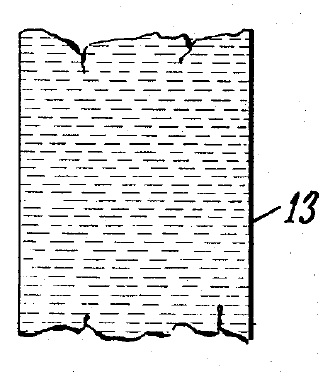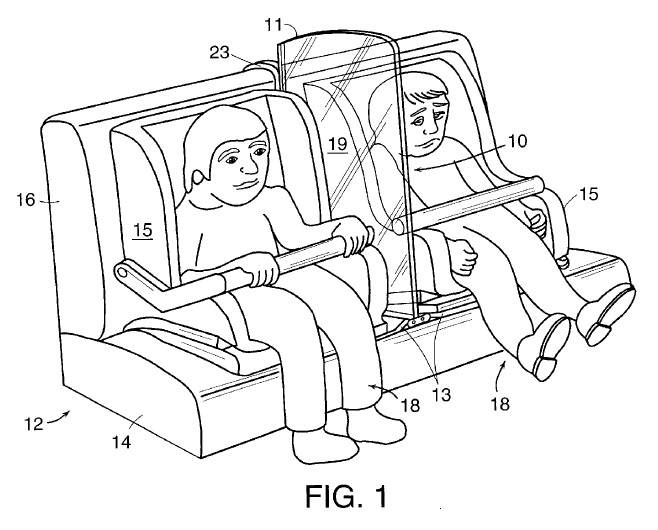In Halo Electronics, Inc. v. Pulse Electronics, Inc., [2013-1472, 2013-1656](August 5, 2016), on remand from the Supreme Court, which held that 35 USC 284 gives district courts the discretion to award enhanced damages in egregious cases of misconduct beyond typical infringement, the Federal Circuit vacated the district court’s unenhanced damages award with respect to products that were delivered in the United States, and remand for further proceedings consistent with the Supreme Court’s opinion on enhanced damages. The Federal Circuit otherwise adopted its prior opinion on all other issues in the appeal.
In particular the Federal Circuit again agreed that the district court did not err in granting summary judgment of no direct infringement with respect to those products that Pulse manufactured, shipped, and delivered outside the United States because those products were neither sold nor offered for sale by Pulse within the United States.
The Federal Circuit said that although the place of contracting may be one of several possible locations of a sale to confer personal jurisdiction, it has not deemed a sale to have occurred within the United States for purposes of liability under §271(a) based solely on negotiation and contracting activities in the United States when the vast majority of activities underlying the sales transaction
occurred wholly outside the United States. For such a sale, one must examine whether the activities in the United States are sufficient to constitute a “sale” under §271(a), recognizing that a strong policy against extraterritorial
liability exists in the patent law.
The Federal Circuit noted that the patent statute does not define “sale” for purposes of §271(a). The Federal Circuit pointed out that the ordinary meaning of a sale includes the concept of a transfer or title or property, and that Article 2 of the Uniform Commercial Code, which is recognized as persuasive authority on the sale of goods, provides that a sale consists in the passing of title from the seller to the buyer for a price.
The Federal Circuit found that substantial activities of the sales transactions at issue, in addition to manufacturing and delivery, occurred outside the United States. While Halo did present evidence that pricing negotiations and certain contracting and marketing activities took place in the United States, which
purportedly resulted in the purchase orders and sales overseas, such pricing and contracting negotiations alone are insufficient to constitute a “sale” within the United States. Any doubt as to whether Pulse’s contracting activities in the United States constituted a sale within the United States under § 271(a) was resolved by the presumption against extraterritorial application of United States laws.
The Federal Circuit also affirmed there was no offer for sale, noting that in order for an offer to sell to constitute infringement, the offer must be to sell a patented
invention within the United States.


